Point 4, Clause 17, Article 1 of the new Law on Health Insurance (effective from July 1) stipulates that health insurance participants who self-examine and treat at a facility other than the initial registration facility, or do not comply with regulations on patient transfer (also known as self-examination and treatment at a facility other than the designated facility or level), will be paid 100% of the benefit by the health insurance fund in some cases:
- Medical examination and treatment at basic or specialized facilities in cases of definitive diagnosis and treatment of certain rare diseases, serious diseases, diseases requiring surgery or using advanced techniques as prescribed by the Minister of Health .
- Ethnic minorities and poor households living in areas with difficult socio -economic conditions, areas with especially difficult socio-economic conditions, people living in island communes and island districts when receiving inpatient treatment at specialized facilities.
- Medical examination and treatment at primary care facilities.
- Inpatient treatment at basic facilities.
- Medical examination and treatment at basic and specialized facilities that, before January 1, 2025, have been identified by competent authorities as district-level.
- Inpatient examination and treatment at specialized facilities that, before January 1, 2025, have been identified by competent authorities as provincial-level.
- Seek medical treatment at any medical facility in case of emergency.
The Ministry of Health currently stipulates that people with 62 serious and rare diseases requiring surgery or high technology can go directly to specialized hospitals for examination and treatment without having to go through procedures to transfer to a medical facility (previously called referral).
In the list, the most are malignant tumors, metabolic disorders, congenital malformations... For example, people with pancreatic malignant tumors (code C25), thymic malignant tumors (C37), malignant brain tumors (C70), malignant brain tumors (C71), neonatal diabetes (P70.2)... are entitled to benefits immediately during the medical examination and treatment session with a confirmed diagnosis of the disease. Heart failure patients with stage 3 and stage 4 diagnoses are also promoted directly to the intensive level...
However, not everyone diagnosed with any malignant tumor (cancer) is eligible for this policy. Accordingly, people with malignant tumors (codes from C00 to C97) who meet the following two conditions will be directly promoted to the specialized level without having to go through the prescribed referral procedures (also known as bypassing the line):
- People under 18 years old.
- Not applicable to cases that have been diagnosed but do not have specific treatment indications.
- For diabetes, patients who want to be promoted directly to the intensive level must meet a number of conditions: Insulin-dependent patients (code E10.7) have complications of grade 2 foot ulcers or have chronic kidney disease stage 3 or higher or have at least 2 of the following complications: cardiovascular, eye, nerve, blood vessel. Non-insulin-dependent patients (code E11.7) have complications of grade 2 foot ulcers or have chronic kidney disease stage 3 or higher.
Ms. Tran Thi Trang, Director of the Department of Health Insurance (Ministry of Health), said that the Ministry is reviewing to add a number of rare and serious diseases to this list.
According to Ms. Trang, these rare and serious diseases must "deserve to be promoted to a higher level from the beginning, ensuring that people receive timely treatment", meeting practical needs.
Some medical facilities also reflect that some diseases in this list at the previous level (such as basic, initial level) can be treated, the drafting agency will balance and adjust, the goal is to avoid overload or pushing patients to higher levels, as well as ensuring balanced use of the Health Insurance Fund.
Currently, the Vietnamese health care system is divided into 3 levels: initial (usually commune health stations, general clinics), basic (district-level hospitals, provincial specialized hospitals or provincial general hospitals, some central hospitals), specialized (mostly central-level general/specialized hospitals, some provincial general or specialized hospitals).
HA (according to Vietnamnet)Source: https://baohaiduong.vn/nhung-truong-hop-tu-di-kham-chua-benh-trai-tuyen-duoc-huong-100-bao-hiem-y-te-tu-1-7-415287.html








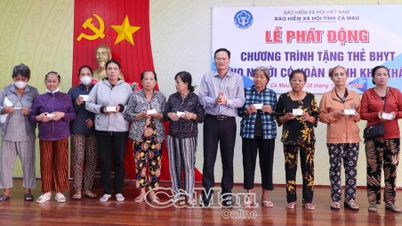



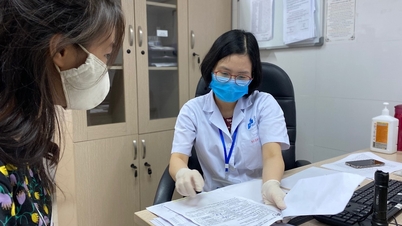

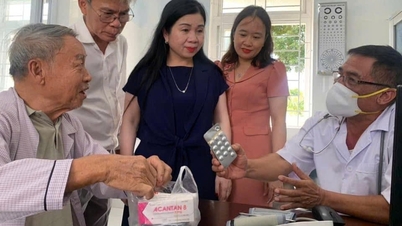

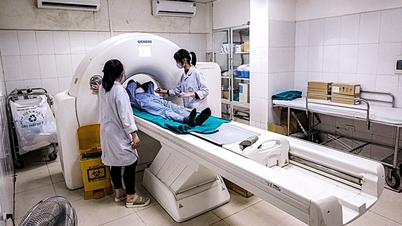

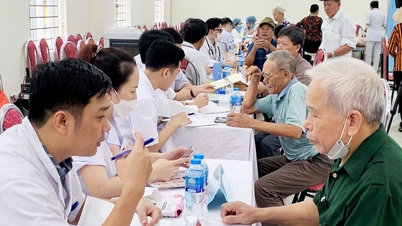
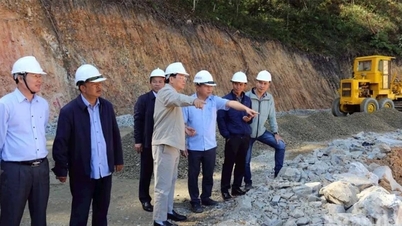

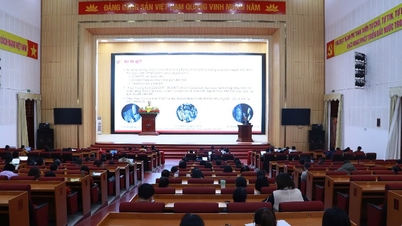



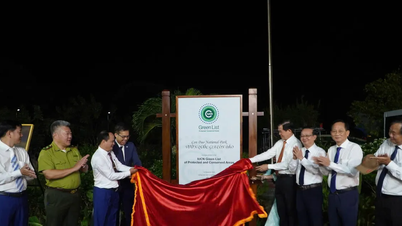

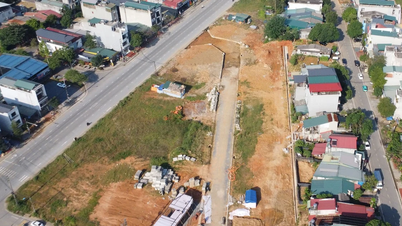




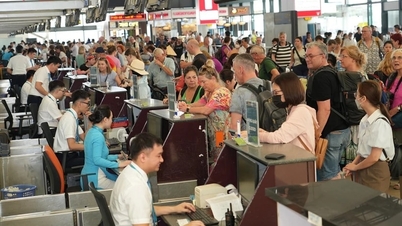




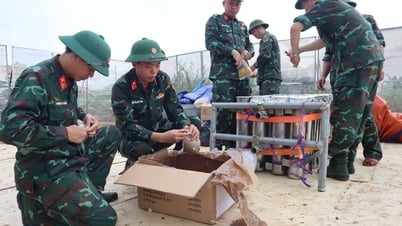







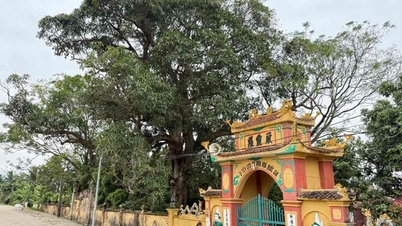








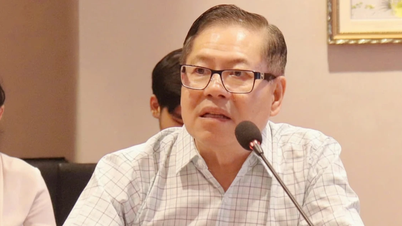

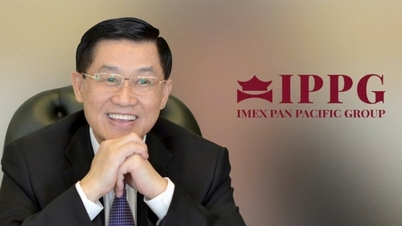












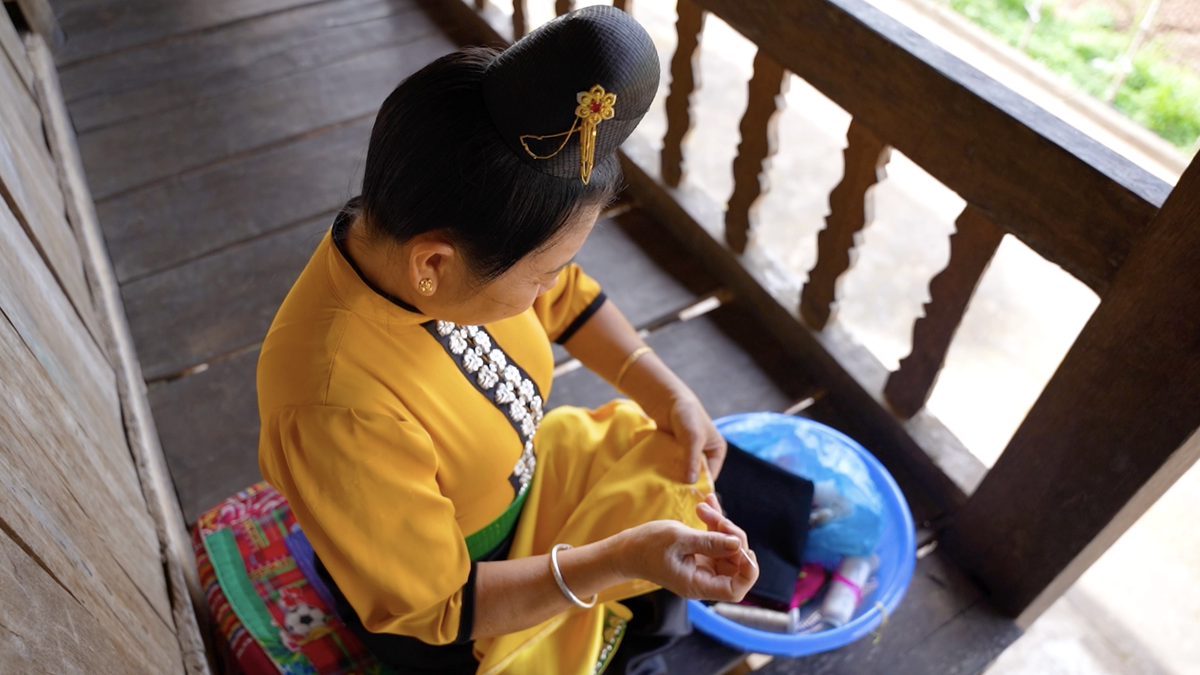





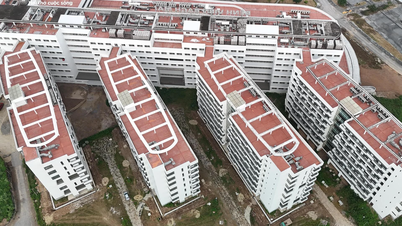


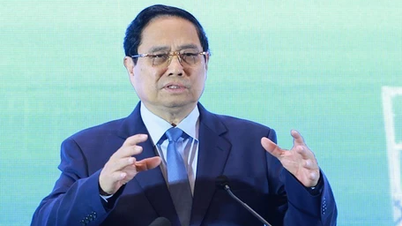

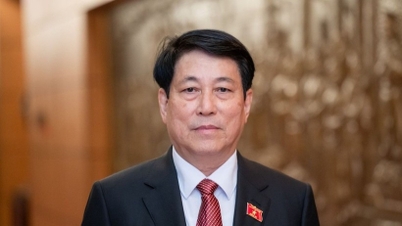


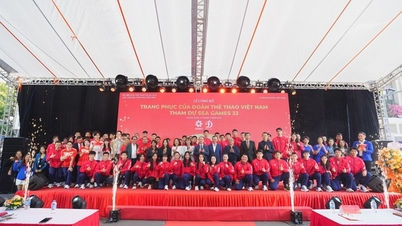












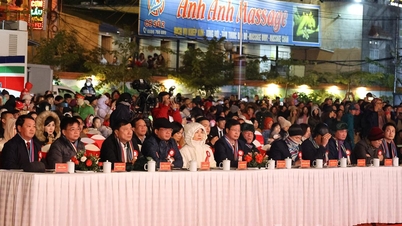















Comment (0)